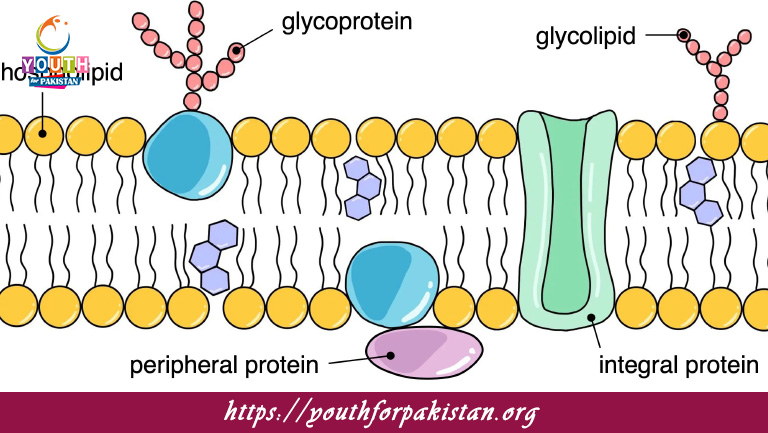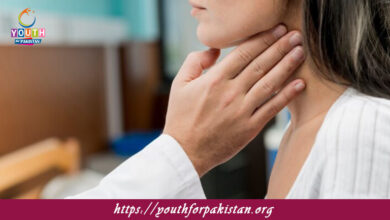Fluid Mosaic Model MDCAT Quiz with Answers

Fluid Mosaic Model MDCAT Quiz is one of the foundational concepts in cell biology, emphasizing the structure of the cell membrane. It describes the membrane as a dynamic, flexible layer composed of a phospholipid bilayer interspersed with proteins, cholesterol, and carbohydrates. It explains how the cell membrane remains fluid and performs essential functions like molecular transport and cell communication. With an in-depth focus on these concepts, the MDCAT Quiz allows the aspiring students to master these details, thus solidifying their knowledge of cellular structures and functions.
Understanding the Fluid Mosaic Model in the Quiz
Our specially designed Fluid Mosaic Model MDCAT Quiz evaluates your comprehension of how the cell membrane functions as a selectively permeable barrier. The quiz covers topics such as the role of hydrophilic and hydrophobic regions, the integration of membrane proteins, and the significance of cholesterol in maintaining membrane stability. These concepts are frequently tested in MDCAT Biology, making this quiz an ideal tool to enhance your preparation. Solve these carefully crafted questions to improve your conceptual clarity and ensure success in your exams.
Free Flashcard for Fluid Mosaic Model
Enhance your learning with our free flashcard to summarize the critical components of the Fluid Mosaic Model. The flashcard includes key terms such as phospholipid bilayer, integral proteins, peripheral proteins, and their respective functions. This quick reference tool is perfect for last-minute revision, ensuring you retain essential information for your MDCAT preparation.

According to the Fluid Mosaic Model, the cell membrane is primarily made up of ______.
Phospholipids and proteins

According to the Fluid Mosaic Model, the movement of proteins and lipids is ______.
Random and lateral

Membrane fluidity in the Fluid Mosaic Model is most influenced by ______.
Temperature and lipid composition

According to the Fluid Mosaic Model, which of the following is true about the cell membrane?
It is a selectively permeable barrier

The fluidity of the membrane in the Fluid Mosaic Model is essential for ______.
Transport of molecules

The Fluid Mosaic Model describes how proteins and lipids are distributed ______.
Unevenly, creating patches

In the Fluid Mosaic Model, ______ can pass easily through the lipid bilayer.
Small, nonpolar molecules

According to the Fluid Mosaic Model, the distribution of proteins within the membrane can be ______.
Asymmetric

Membrane carbohydrates are usually found ______ in the Fluid Mosaic Model.
On the outer surface of the membrane

The Fluid Mosaic Model suggests that the cell membrane's behavior can be altered by ______.
Changes in temperature or lipid composition
Experience the real exam environment with our expertly designed collection of over 25,000 MCQs MDCAT Mock Tests.





